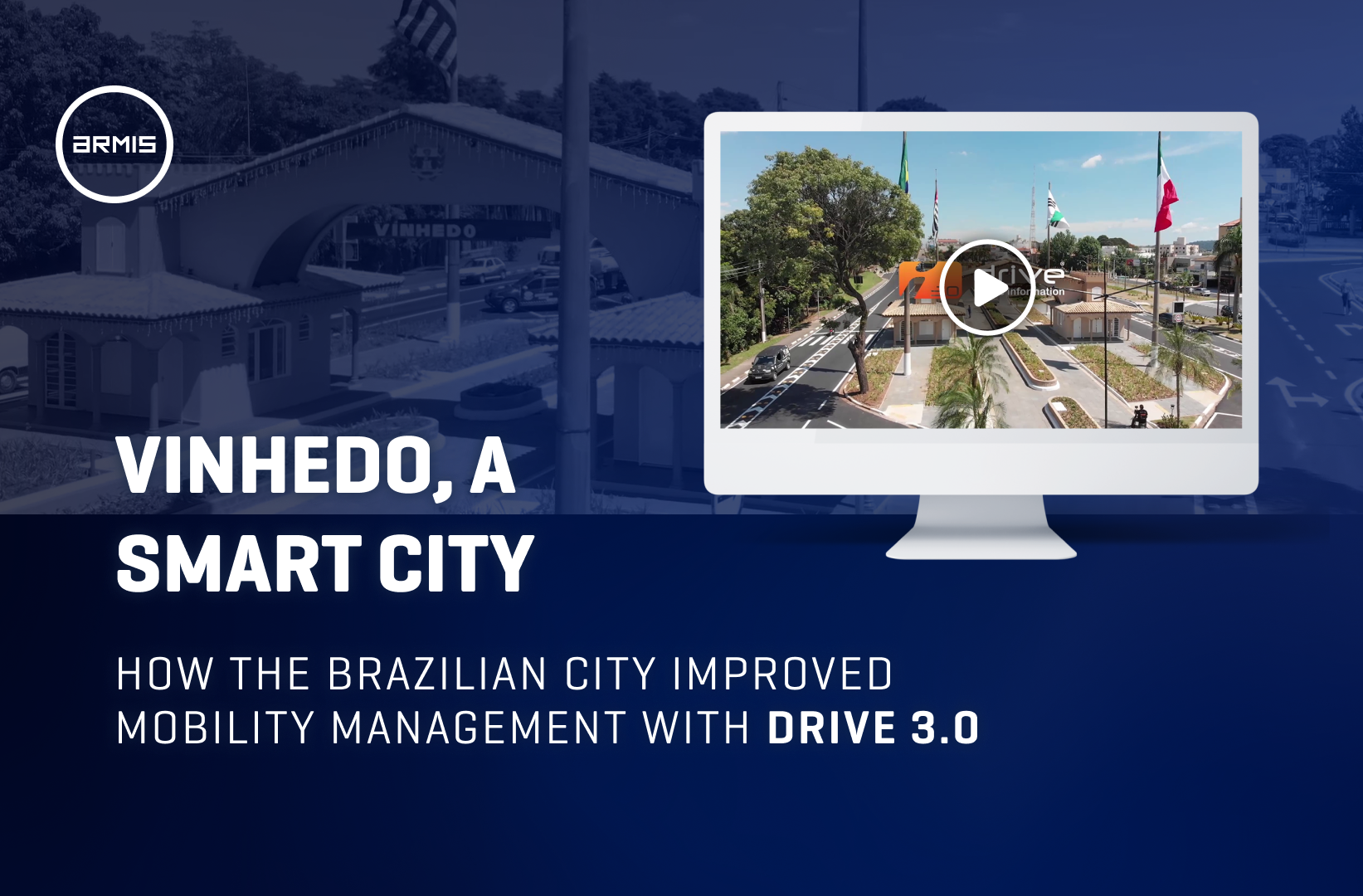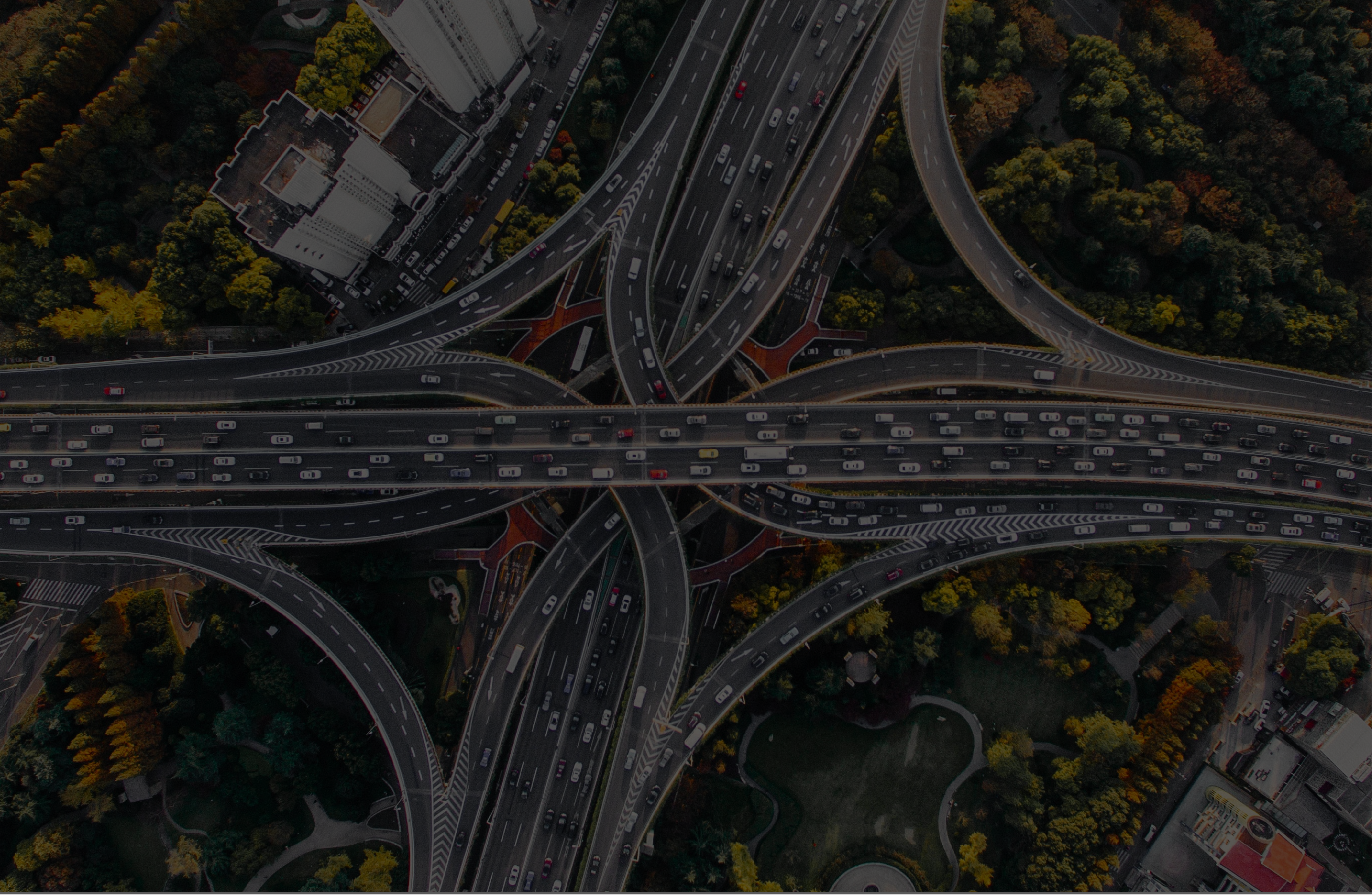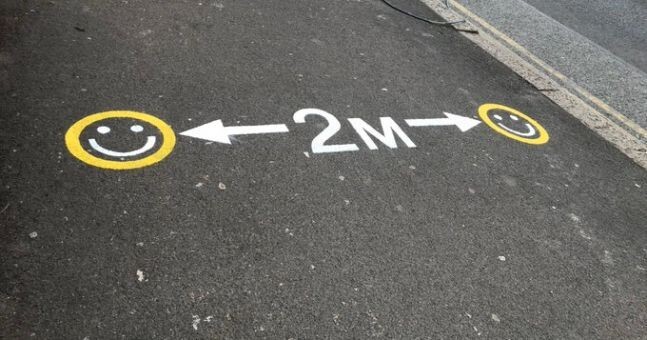
The challenges for cities in meeting political, legislative and ITS obligations
 blog
blog
Digital transformation in mobility plays an important role for the effectiveness and efficiency of transportation operations, traffic flow management and mobility of people, goods and services.
Technological evolution has fostered the development of a phenomenon that has put several businesses, from the most varied sectors of activity, face to face with one of their greatest challenges - their capacity for innovation and evolution.
This phenomenon I'm talking about is the digital transformation.
The urgency to innovate, to replace traditional methods by more effective and productive digital methods, to avoid being overtaken by the competition is probably the biggest challenge that businesses face today. Just think of the controversy that gave rise to several fights, literally speaking, between Taxi and TVDE's.
With this example I want to say that, in managing mobility in cities, the same happens. Clearly not in a competitive perspective, but in a qualitative one, as digital transformation in mobility plays an important role for the effectiveness and efficiency of transport operations, traffic flow management and mobility of people, goods and services.
A European political vision
The digitalization of mobility in EU countries is a priority for the European Commission. The ITS Directive foresaw this when it was announced in 2010.
However, the Commission continues to take steps to encourage the modernization of European mobility and transport by publishing in May 2017 a complement to the ITS Directive on the provision of multimodal transport information services.
This complement is supported by the premise that the free flow of data is a driver of growth, employment, and competitiveness for the EU, and that the long-term benefits of the announced measures go beyond the transport sector, as they are also:
- They promote growth and job creation.
- Enhance social fairness by expanding consumer choice.
- Put Europe on track for zero-emission production, contributing to the protection of the environment.
In parallel, the European Commission aims to promote seamless mobility solutions so that citizens and businesses can travel easily across Europe. For example, interoperability between toll systems will allow drivers to move around the EU without having to worry about different administrative formalities, or even insurance and standardized freight services across Europe.
The free flow of data will not only make it possible to increase the quality of mobility between countries but will also encourage the development of new solutions aimed at optimizing mobility management in cities.
Are there obligations for municipalities?
Yes.
Every entity, public or private, that is in European territory and belongs to the EU must contribute to the creation of a mobility database. This is also an obligation of the member states that, in turn, have the duty to instill in the municipalities the use of new management methodologies, more digital and that allow the sharing of data with the National Access Points (NAP).
In this sense, the creation of a European NAP network will allow, in a much more effective and secure way, the sharing of mobility data between countries, entities and citizens.
The future of mobility in cities
A city is much more than a layer of physical infrastructure. In fact, all the efforts of the European Commission are focused on raising the importance of the other layer, invisible to passers-by - the digital infrastructure layer, intrinsically related to data. Data that can be static or dynamic, such as the provision of real-time traffic information.
The future of mobility in cities is very much about analyzing information in a preventive logic that allows the creation of new solutions, through digital technologies, that meet the challenges of the municipality, country, or EU.
However, this is only possible if data exists. Hence the importance of facilitating access to it. And for that to happen here are two pieces of advice:
- Integrate an ITS system as a working tool;
- Make sure the ITS system you choose is compliant with the directive.
Plan the future with DRIVE
A 3rd generation platform for Decision Support System for Advanced Mobility Management.
DRIVE is a software-as-a-service platform that is designed to facilitate and accelerate the implementation of any type of mobility service or control center, providing maximum efficiency innovation and security in 24/7 operations.
DRIVE 3.0 enables the creation of tailor-made solutions and features, with a precise range of functions, that meet each customer's business needs.
Built from the ground up to meet the mobility services of the future, DRIVE 3.0 is an innovative, distinctive, and agnostic software for any type of equipment or IoT. It is based on ITS Directives, implementing internationally established standards and communication protocols, creating a single platform for the operation of multiple mobility domains. At the same time. In the same environment.
To create value for any business DRIVE 3.0 provides components that help in the management of assets and revenues, evolving the support for decision making supported by simulation models and machine learning techniques.
Not losing focus and always with an eye on the future, DRIVE 3.0 is based on the latest IT technologies that are scalable to the required business volume. In addition, it combines Artificial Intelligence with cybersecurity making it easier, more productive, and secure to use.
Elevate your organization and adapt this platform to your reality.
Talk to us and get ready for a sustainable future in mobility management.

Guilherme Soares | Head of ITS Products
Share this article:
Prepare your company and your employees for the future. Contact us!




